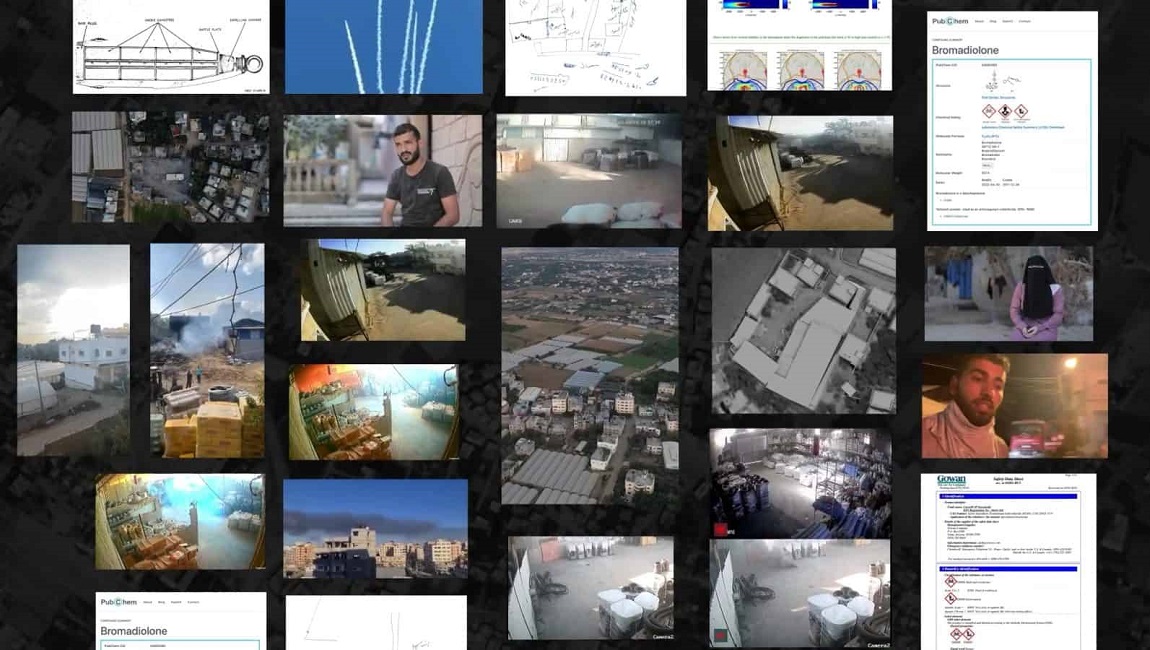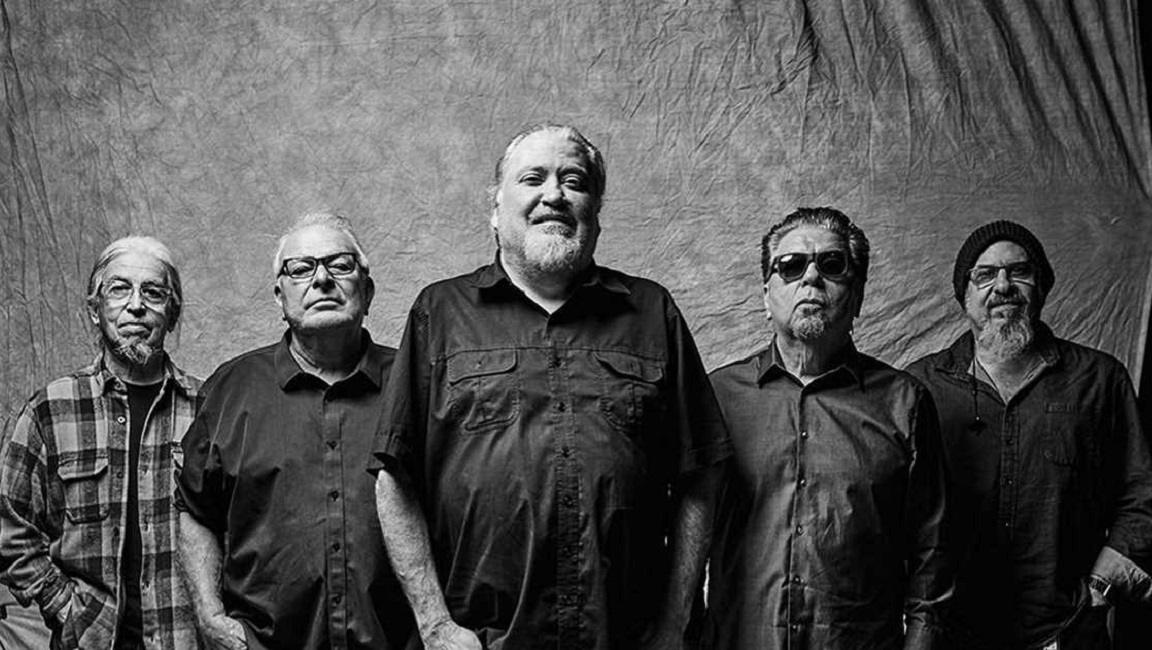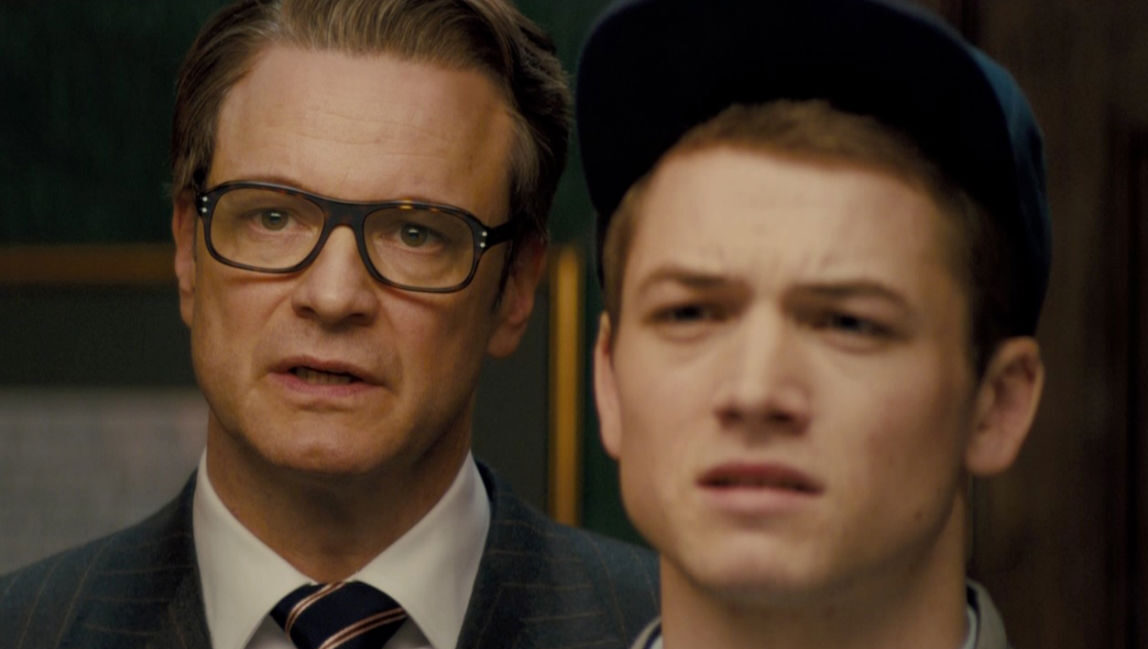The staff of In Review Online have come to the collective decision to abide by the international call from Strike Germany. We will be withholding coverage of the Berlin International Film Festival on the grounds that its institutional backing from the German government is marred by the latter’s censorship and marginalization of activist voices. Germany’s military and financial support of Israel, alongside the repression of those speaking up against Israel’s genocidal actions against the Palestinian people of Gaza and its assault and expropriation of those within the Occupied West Bank, should not be ignored or condoned. We wish to send our commitment of solidarity to all filmmakers and cultural workers who have joined this strike; business as usual is unacceptable. As over 100 Palestinians are killed each day in Gaza, we find the festival’s attempt to mitigate these criticisms with the gesture of The TinyHouse Project to be a condescension toward active and ongoing genocide. The festival’s poor attempt at good faith gives little actual space to the voices who push against empire, and offers only a tiny house, filled with hot air, off to the side, where no one else can see or hear you. While we will not be covering the Berlin Film Festival, that will not be the end of our participation in the strike. Instead, as a form of counter-programming, we will be reviewing selected works within the Palestinian Film Archive and publishing original writings related to these films. We declare solidarity with all participating in this strike, and solidarity with those participating in protests across the festival grounds.
As detailed on their website, Forensic Architecture is: “a research agency based at Goldsmiths, University of London. Our mandate is to develop, employ, and disseminate new techniques, methods, and concepts for investigating state and corporate violence. Our team includes architects, software developers, filmmakers, investigative journalists, scientists, and lawyers… In 2022, the Peabody Awards programme wrote that we had co-created ‘an entire new academic field and emergent media practice.'” It continues: “the term [FA] refers to the production and presentation of spatial evidence within legal, political, and cultural contexts, and takes architecture to include not only buildings, but shaped environments at the scale of cities and territories.” Forensic Architecture videos are available for free on the agency’s website, YouTube, and Vimeo, and run the gamut from incidents in America to Columbia to the Netherlands. Lifting the veil on the lies surrounding state-sanctioned abuses of power knows no borders.
It’s an enormous body of investigative work, and while there are currently only four videos on the Palestine Film Index specifically pertaining to the IOF, interested parties can easily find more. The Shelling of Khudair Warehouse (2022), Shireen Abu Akleh: The Extrajudicial Killing of a Journalist (2023), Executions and Mass Graves in Tantura (2023), and The Killing of Rouzan al-Najjar (2023) each represent a concerted effort to redress official, mainstream accounts of a specific atrocity and correct the public record with convincing arguments of what actually happened. Executions and Mass Graves in Tantura is the closest to what we might call a “traditional” documentary; it documents the invasion of Israeli forces in the Palestinian village of Tantura in May 1948, during the first Nakba. Using a bevy of techniques, including talking head interviews and direct testimonials, as well as modern imaging technology, FA locates and identifies several mass grave sites, including one never before discovered. The eyewitness interviews are quietly devastating, as are the time-lapse images of graves being forgotten over time — they are now concealed by buildings or parking lots. The films about Al Jazeera reporter Shireen Abu Akleh and medic Rouzan al-Najjar are shorter, more succinct efforts, each engaged in documenting the placement of bodies and the trajectory of bullets in what are revealed to be, for all practical purposes, extra-judicial assassinations. Khudair Warehouse is the most visually dense of the four, using a battery of security cameras sourced from inside the warehouse itself to trace the path of various incendiary devices used to destroy thousands of containers of chemicals in May 2021. This amounted to, in the words of The Guardian, an “indirect chemical weapons attack,” as the resulting toxic plumes of smoke blanketed the surrounding residential areas and led to widespread health issues amongst the populace.
Given the weight of these films and their plainly didactic purpose, it seems almost beside the point to try to locate them within a particular aesthetic program. But these are moving images, with all the phenomenological meaning that comes with them. Certainly, Forensic Architecture can be situated within a tradition of Harun Farocki on the one hand, particularly his Serious Games series, and the “desktop films” that emphasize overlapping, collaged digital images and numerous “tabs” as popularized by Kevin B. Lee and Chloé Galibert-Laîné. All four shorts function visually in similar ways; a combination of cell phone footage shot by witnesses at the time of the incident, news footage shot by journalists, satellite footage that resembles a Google Earth search, and rough animations that move a fully virtual camera through digital recreations of a specific landscape. Curiously, these digital animatics roughly coincide with the work that pre-visualization artists do on special-effects heavy narrative cinema. But rather than constructing a malleable, fictional space, so often the provenance of computer animation and digital trickery, they are instead used to construct a linear chain of cause and effect. For example, much of Shireen Abu Akleh: The Extrajudicial Killing of a Journalist consists of comparing several cell phone videos, then using the locations of figures within those frames to create a virtual, 3D landscape. After the figures are situated within that space, the location of bullet wounds in the victim’s bodies are used to reverse engineer not only which direction the bullets were fired from, but from which angle and at what height. This leads to a brief explanatory note about what kind of assault rifles the IOF use, as well as what kind of armored personnel carriers. All of this adds up to an iron-clad demonstration of an IOF soldier firing multiple shots from a protected area of an armored transport, purposefully targeting individuals clearly identified as journalists.
For all the horror on display in these shorts, they are not snuff films. Some images are redacted for legal purposes, while footage simply does not exist in other instances. But gory details aren’t necessarily the point here. Indeed, the FA shorts all navigate, whether they intend to or not, Farocki’s words from 1969’s Inextinguishable Fire: “When we show you pictures of napalm victims, you’ll shut your eyes. You’ll close your eyes to the pictures. Then you’ll close them to the memory. And then you’ll close your eyes to the facts.” FA is interested in facts, to such a degree that these films play less like narratives than exhibits for a court case. Everywhere we look, obfuscation abounds. Headlines from the New York Times and other liberal bastions bend over backward to avoid labeling Israeli forces as murderers and, of course, refuse to use the word genocide in any of their reporting. Passive voice reigns supreme in these headlines, where bombs simply “fall” instead of being actively launched. What these short videos demonstrate is that there is no “both sides” to these various violent incidents; there are only the facts of the matter.







